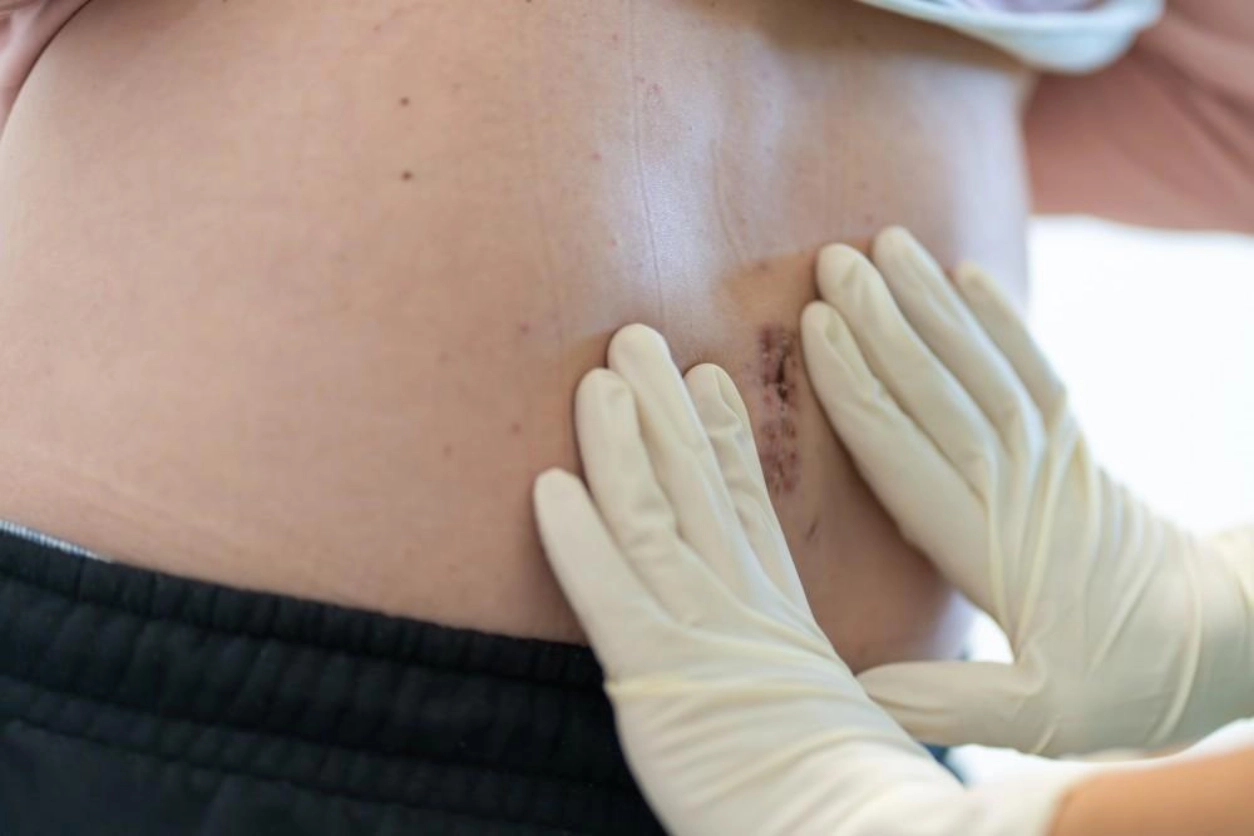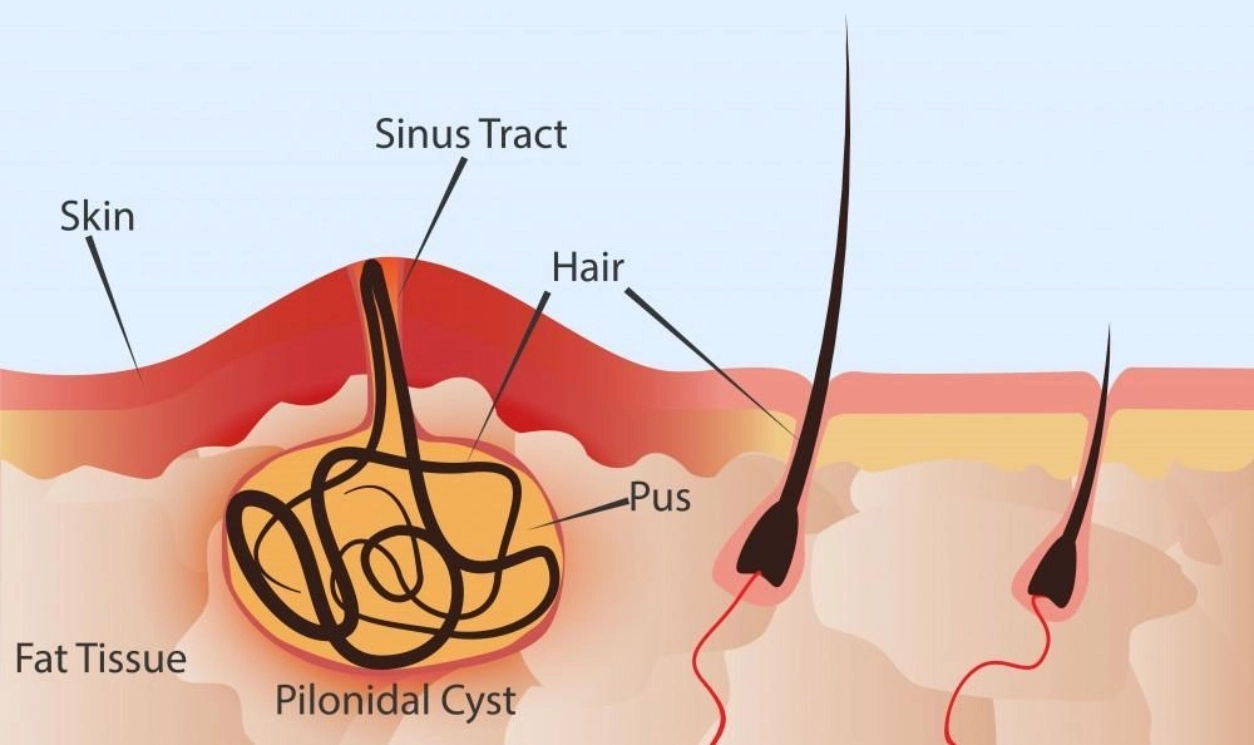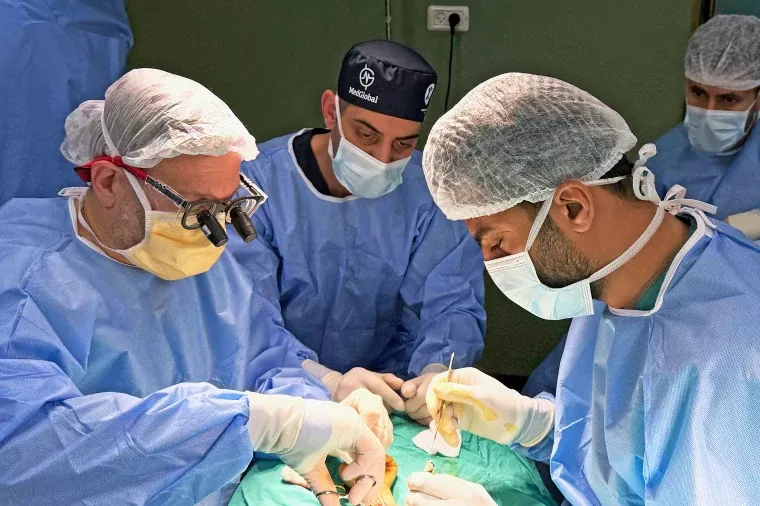A pilonidal cyst may begin as a harmless-looking small bump, but if it’s left untreated, this common condition can lead to some serious complications. The pain needs to become unbearable before we pop the question. Some individuals may simply avoid treatment because the symptoms will go away. However, the longer your cyst goes untreated, the greater the chance for infection and ultimately pain. Understanding the signs of an untreated pilonidal cyst allows the patient to make the decision to seek pilondial cyst medical treatment. An individual is understands the consequences of treatment and what to plan for it would benefit from considering treatment.
What Happens if you don’t Treat a Pilonidal Cyst?
A pilonidal cyst typically grows near the tailbone — it’s most common cause is ingrown hair or debris that gets trapped under the skin. Initially, the cyst may not hurt. It may appear as a little dimple, pimple, or swelling above the buttocks.
But bacteria can get in through the cyst at some point, and that can lead to infection as time goes on. The cyst can in turn become filled with pus and form an abscess. We have saved and treated large abscesses in the past, but they are intensely painful amd rarely do they just get better. Without medical treatment, the abscess can break open, leaking malodorous fluid and blood. Even then, the cyst doesn’t go away entirely. Instead, it’s often prone to filling back up and the infection can come back.

Will a Pilonidal Cyst Go Away On Its Own?
There are people hoping a pilonidal cyst pop will just go away or shrink on its own. Very rarely, however, small cysts can drain and be fairly minimally bothersome in the long term. Pilonidal cysts are, however, chronic for most people.
Symptoms generally improve for a period of time and then come back. Each time it comes back, it tends to be worse since both scar tissue builds up, and more bacteria have multiplied within the cyst. The problem that is usually self-resolving becomes worse.
What Are the Dangers of Waiting Too Long?
The most common danger of not treating a pilonidal cyst is infection. But that is just part of the story. Multiple infections can develop sinus tracts — tunnels underneath the skin that allow pus to drain. These sinus tracts causes the infection to become complicated and more difficult to treat.
Scar tissue may also form in the area of the cyst. That makes surgery more challenging and pilonidal cyst surgery recovery longer. In some instances, patients who put off treatment for years need a more extensive surgery than if they had received treatment earlier.
While extremely rare, untreated pilonidal disease can even give rise to a form of skin cancer called squamous cell carcinoma. This occurs after years of chronic inflammation and infection. Its rarity does, however, highlight the necessity of not disregarding this condition.
Do Infections Form in Pilonidal Cysts?
When a pilonidal cyst becomes infected, it is dangerous. The skin surrounding the opening also may become swollen, painful or red. Sharp pain could be triggered by sitting, walking or bending. Some patients also have fever, or chills once the infection spreads.
If the abscess breaks open, pus, blood and debris may drain from it. This can take pressure off the sinuses and alleviate pain temporarily, but it does not address any root cause. Only the cystic material is removed and not the wall of the cyst itself nor hair or debris seen inside, increasing chances of re-infection. Chronic infection can, over time, lead to damage of the surrounding skin and tissue.
How Long Before a Pilonidal Cyst is Dangerous?
There is no universal rule for when a pilonidal cyst will become problematic. Other patients have their diagnosis of an infection one month after seeing the first lump. Some may even have months with just mild symptoms. But most untreated cysts eventually cause painful flare-ups.
Since the course of the disease is so difficult to predict, waiting is risky. A cyst that was quiet last month can blow up into severe infection the next. For that reason, doctors recommend seeking treatment “as soon as you realize there is persistent swelling or pain in the region of your tailbone.”

What Are the Treatment Options?
It is the right treatment for how far the cyst has progressed. Doctors may suggest draining smaller cysts that cause mild symptoms. This requires the surgeon to make a small cut and then drain all of the pus and debris. This may be enough to provide relief, though not consistently enough to keep the cyst from returning.
Infection can be managed with antibiotics but the cyst itself is not treated. They can be prescribed in conjunction with drainage; however, the underlying cause often remains.
Pilonidal cyst surgery provides the best long-term solution. Regarding surgical management, excision of the cyst and surrounding tissue decreases the risk of recurrence.Surgical treatment can address decanting cysts in many different ways, from simply taking out some part of the cyst to reshaping the area in ways that will prevent new cysts. Generally speaking, the sooner the surgical treatment occurs, the less invasive the treatment is likely to be.
Why Early Treatment?
An early treatment creates a good opportunity to avoid recurrent infections and long-term complications. An incised cyst is often treated early since it is simple surgical treatment that also results in rapid recovery and usually low recurrence rates.
In contrast, delaying treatment can expose patients to infections. Infected tissue typically weakens the involved and surrounding tissue, leads to additional scarring, and poses possible complications to surgical treatment. Patients that wait years to treat a cyst usually require more tissue removed and longer recovery times.
By not waiting, you also save yourself all the chaos of living with chronic pain. For most untreated pilonidal cyst patients, sitting for long periods at work or during exercise becomes challenging. Early intervention brings relief and gets you back to your life.
What to Do if You Think You Have a Pilonidal Cyst?
If you cause swelling, tenderness or drainage in the area of your tailbone, get to a doctor. Even if the symptoms are mild, getting checked by a doctor can determine whether you have a pilonidal cyst and what treatment is best for you.
Otherwise ask for the history of any past recurrence of lumps or recurrent episodes of infection at the same site. This input helps your doctor find out if you have a chronic condition. You could be referred to a specialist, a colorectal surgeon, for follow-up care.
And recognize that ignoring the issue often does not make it go away. You can avoid that which is a problem today becoming something that will haunt you for the rest of your life.
Conclusion
Sure, a pilonidal cyst looks like nothing at first, but if you don’t see to it early and often, it could trigger infections, chronic pain and sinus tracts — even very rare long-term complications. The sooner you seek treatment, the more likely you are to recover quickly and find long-term relief.








